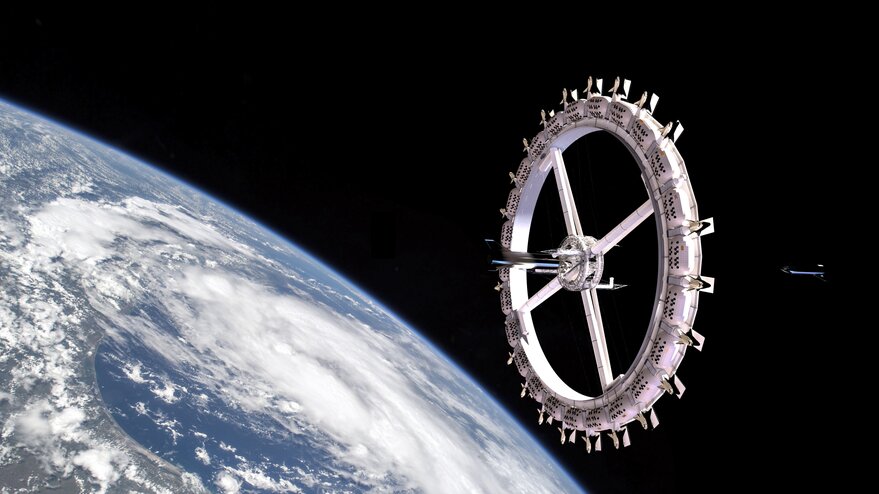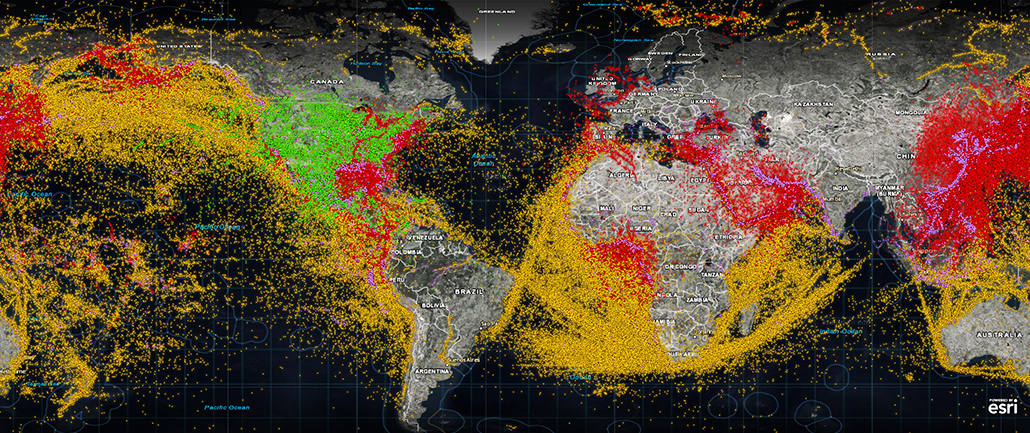Astronomers at the University of Michigan could have found evidence linking dark energy—a mysterious energy that drives the exponential expansion of the universe—with black holes. Researchers used measurements by the Dark Energy Spectroscopic Instrument (DESI) to theorize that dark energy is sourced from black hole production.
Despite making up almost 70% of the universe, we have no idea what dark energy is. The current theory says that gravitational force almost stopped the universe’s expansion before dark energy. However, about 5 billion years ago, dark energy spurred the expansion.
To quantify the mystery surrounding dark energy, researchers considered conditions similar to those of the infant universe. The center of black holes is the most reliable area to study gravity as strong as it was at the beginning of the universe.
Therefore, a new study suggests that cosmically coupled black holes provide a dark energy source. The findings were published in the Journal of Cosmology and Astroparticle Physics.
“If you ask yourself the question, ‘Where in the later universe do we see gravity as strong as it was at the beginning of the universe?’ the answer is at the center of black holes,” said Gregory Tarlé.
“It’s possible that what happened during inflation runs in reverse, the matter of a massive star becomes dark energy again during gravitational collapse – like a little Big Bang played in reverse.”
1st-ever’ black hole triple’ system found
To study the scenarios of the dark energy, researchers utilized DESI mounted on the Mayall telescope at the Kitt Peak National Observatory. The team used tens of millions of distant galaxies measured by DESI.
They demonstrated that the increase in the density of dark energy agrees with the increased amount and mass of the black holes. As the black holes were formed in the universe, the amount of dark energy increased right away.
“The two phenomena were consistent with each other—as new black holes were made in the deaths of massive stars, the amount of dark energy in the universe increased in the right way. This makes it more plausible that black holes are the source of dark energy.” said co-author Duncan Farrah.

The lead authors have stated that a black hole coupled with dark energy is no longer a theoretical question, but an experimental question. However, the researchers have demanded more avenues of inquiry and observations.
The team said that, regardless of future findings, this study marks a sea change in dark matter research.
New observation of a supernova explosion that was witnessed in the year 1181
Journal Reference
- Croker, K. S., Tarlé, G., Ahlen, S. P., Cartwright, B. G., Farrah, D., Fernandez, N., & Windhorst, R. A. (2024). DESI Dark Energy Time Evolution is Recovered by Cosmologically Coupled Black Holes. Journal of Cosmology and Astroparticle Physics. DOI: 10.1088/1475-7516/2024/10/094
Note: This article have been indexed to our site. We do not claim legitimacy, ownership or copyright of any of the content above. To see the article at original source Click Here













